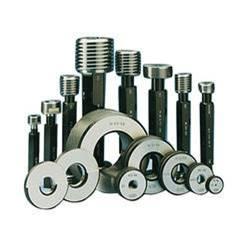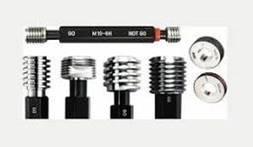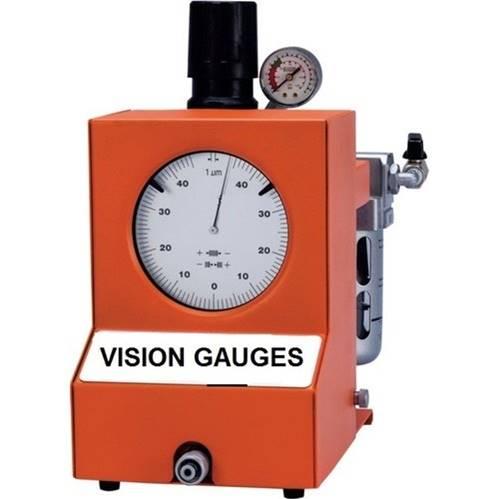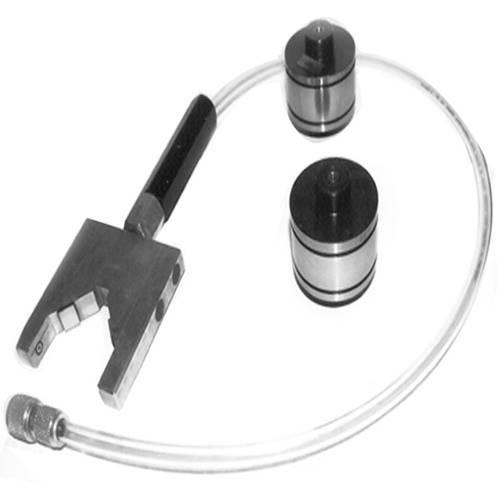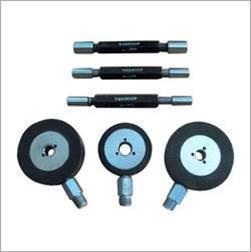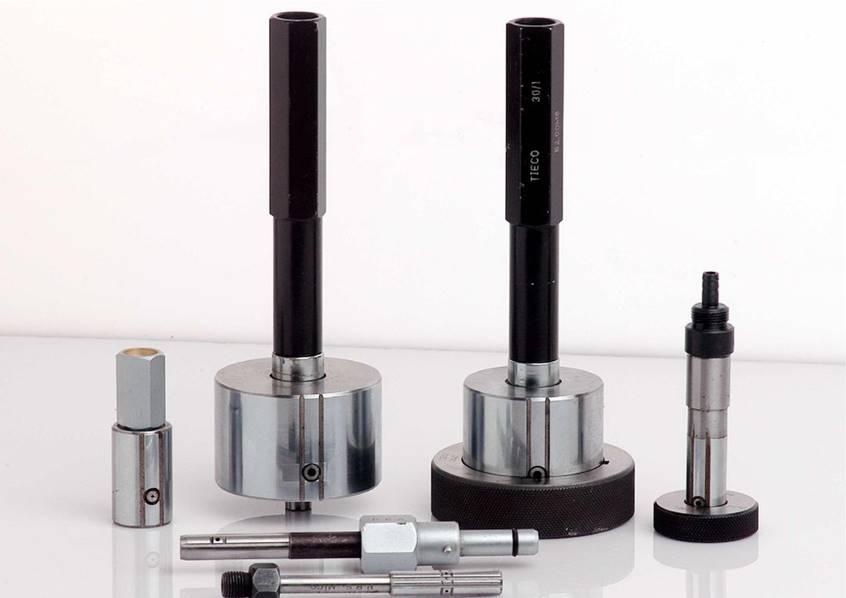Thread Gauges
In the case of (screw/bolt) threaded parts, thread plug gauges are used in production shops where the “screws” (externally threaded parts) or the “nuts” (internally threaded parts) are to be quickly checked for inspection and approval. When you consider the metrology (the science of measurement) of threaded parts as a whole, more than a couple of thread gage types are involved; a novice in metrology can become somewhat confused with the terminology of the threaded gages in addition to how they are used.
In a threaded part, several features are involved – the thread’s major diameter, minor diameter, pitch diameter, pitch (in case of metric threads) or threads per Inch (TPI in case of Standard American Equivalent (SAE) threads), flank angle, etc. Normally, a GO / NO-GO type of threaded gage will inspect a threaded part based mainly on the pitch diameter. As long as a GO gage is answered (threads properly without being forced) and a NO-GO gauge is not answered, the threaded part is deemed to be accepted and pass inspection. In some specific cases where the thread major diameter (for screws) or minor diameter (for nuts) is critical, separate, plain GO/ NOGO gages (like those used for measuring cylindrical parts) are also used in addition to a threaded gages to determine the acceptance of a threaded part.
A thread plug gage is used to check acceptance of a “nut” , (an internally threaded part). For small threaded parts, the gage will be double ended, with one end carrying the GO gage and the other end, the NOGO. For larger parts, the two may be separate pieces. A thread plug gage is designed to check the pitch diameter (to the given pitch / Threads per inch). In order for the part to pass inspection and be accepted, the GO gage should pass through the entire length of the nut, without requiring the use of too much rotational force. The NOGO gage can at the best enter into the nut, checked at both ends, over not more than 2 turns. It should not go beyond this.
Price: 0 |
Payment Type: |
Available: False |
COD Available: False |
KYC Status: FAILED
Send Message

